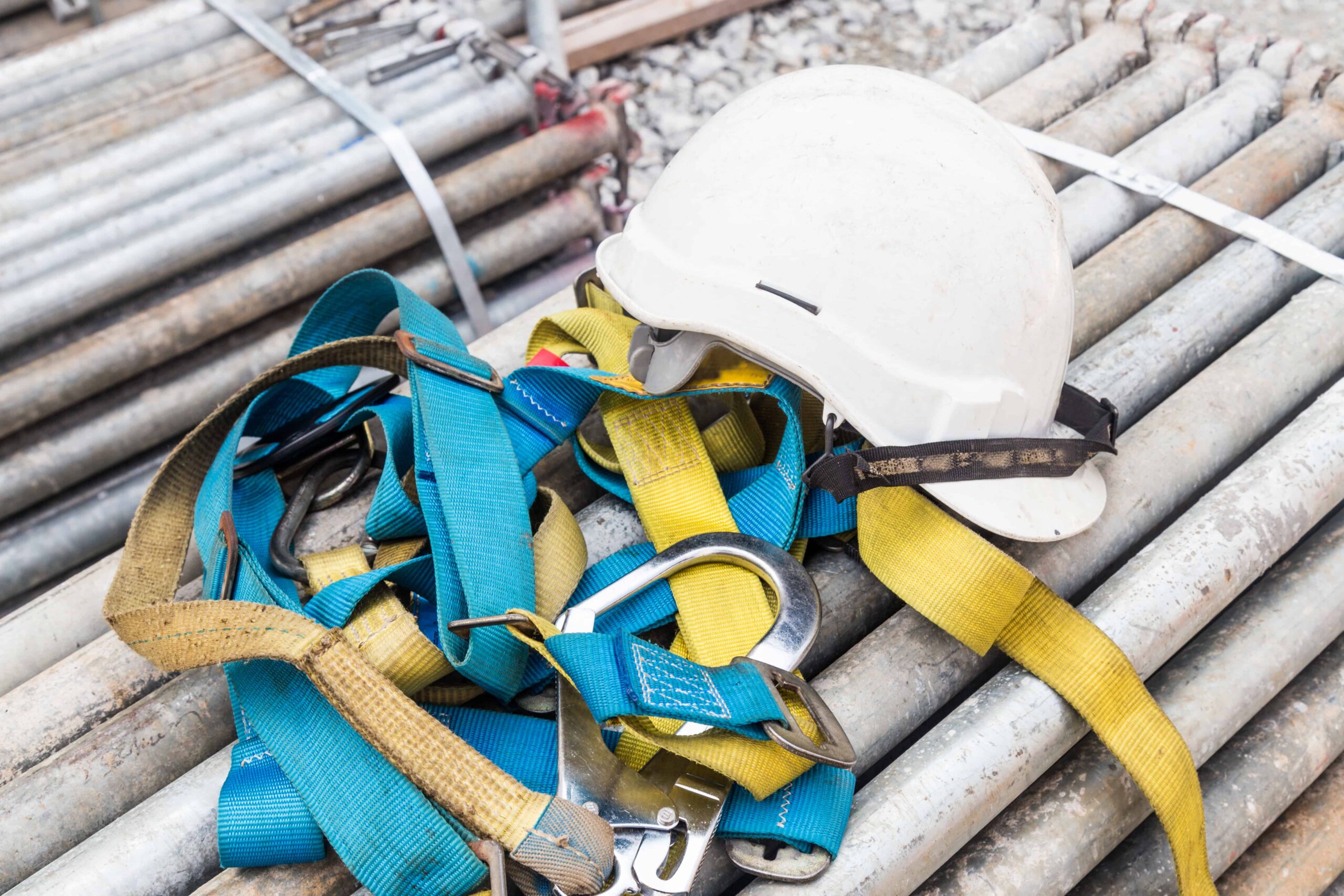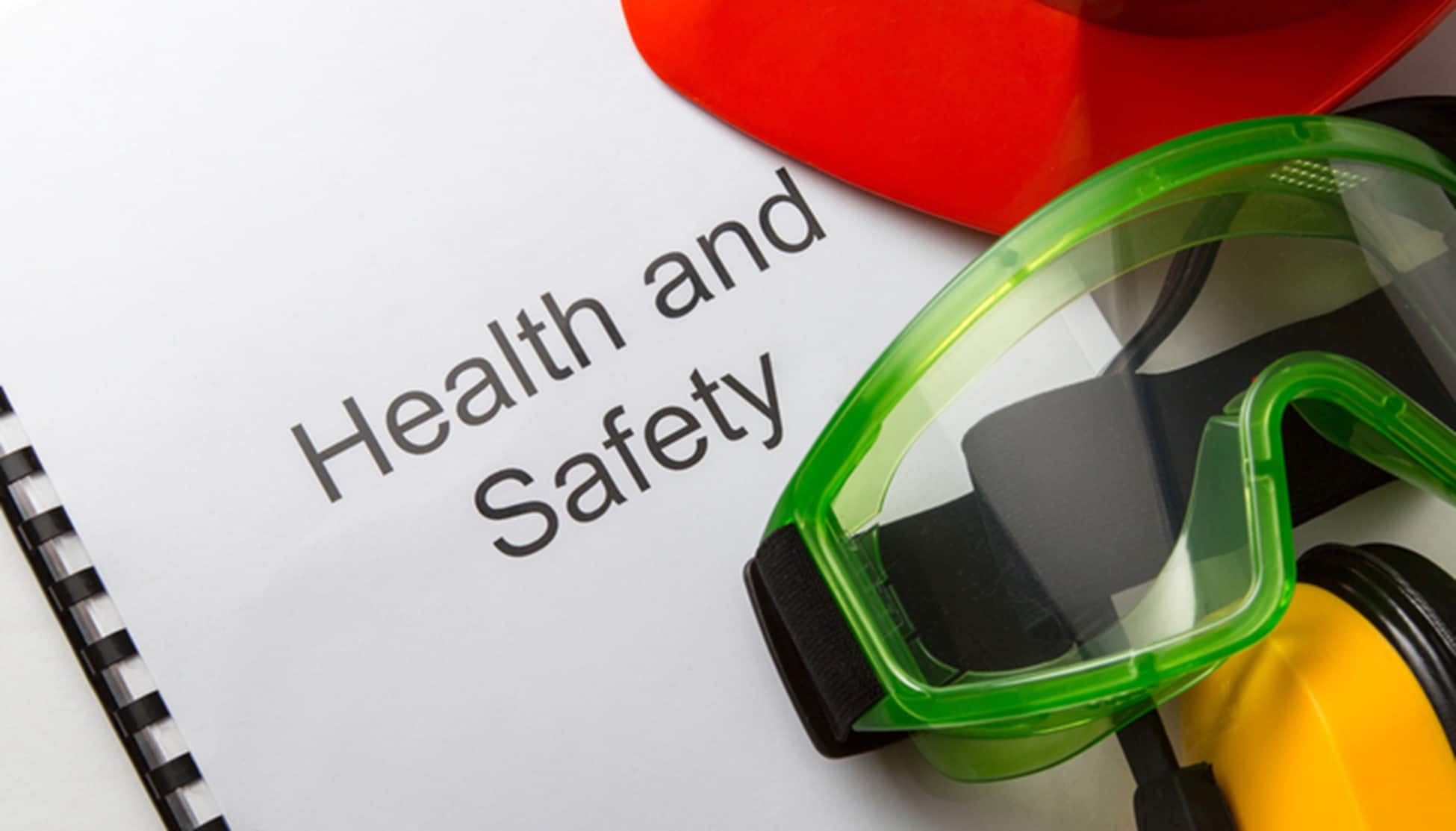
Every employee, out of approximately three billion employees across the globe, is exposed to some type of occupational risk. Regardless of the job – whether they’re working in an operating room, on a construction site, in an office, a classroom, or elsewhere – every occupation comes with a set of hazards and risks.
These occupational risks need to be properly managed by employers. Management of risks consists of three interrelated segments:
- Identifying risks
- Assessing risks
- Prioritizing risks
Each segment is vital to a successful risk management strategy, as it prevents a wide number of work-related injuries, illnesses, and possibly even fatalities, depending on the type of business. Nurturing a healthy and safe work environment should be of primary concern to all employers who want their workers to be in top form and aren’t keen on losing productive work days.
This post is a practical guide to risk management. Hopefully, it will help you learn more about occupational risks – how to identify them, assess them, and prioritize them – so that your employees are always safe, no matter the circumstances.
Occupational Risks: Definition
Occupational risks are risks that stem from occupational hazards. Often, these two terms are interchangeable, even though they have slightly different meanings. Workplace hazards pose a risk to the health and safety of workers exposed to them. Hazards can be categorized in six groups:
- Safety hazards
- Physical hazards
- Chemical hazards
- Biological hazards
- Ergonomic hazards
- Psychosocial hazards
Some workplaces have all of these hazards, some only have a few, and some maybe only have a single group of hazards. It is the duty of the employer to identify risks associated with the hazards and evaluate them so they can implement appropriate control measures.
Identifying Occupational Risks
The first step in the risk management processes is to identify the occupational risks present in your workplace. This is an extensive process that can take quite a bit of time and effort, but without it, you won’t have a proper foundation for effective risk management.
- Gather relevant information
Before any proper risk management activities can commence, gathering existing information is required. Analyze internal and external sources to collect as much data as you can on potential hazards pertaining to your particular line of work or place of business.
Internal sources include inspection reports, equipment operating manuals, records of workers’ compensation, past injuries, illnesses or fatalities, job safety reports, frequently occurring injuries or illnesses, and others. Input from the workers is a key component, not only in this phase, but in all other phases of risk management, so don’t hesitate to talk to your employees. They will significantly help you in risk identification.
External sources can be relevant information from organizations like the Center for Disease Control (CDC), the National Institute for Occupational Safety and Health (NIOSH), trade associations, safety and health consultants, and labor unions.
- Perform an internal audit
After familiarizing yourself with the potential hazards in your workplace, the following step would be an internal audit or an inspection. The best risk management practices involve inspections on an ongoing basis, because a place of business never rests – regularly used equipment gets worn down, procedures change, workers come and go, etc. Your approach to risk management should be keeping up with all those changes.
A thorough inspection requires a plan or outline of what you need to go over. Check the equipment, along with the facilities and work areas, such as storage and warehouses, workstations, vehicles, and anything else that is included in regular and less regular tasks.
Keep a record of your results. You likely won’t remember all of the hazards you encounter, so a detailed list of what you uncover is crucial. Again, communicate with the workers. If you have workers trained in risk identification and risk assessments, all the better.
- Focus on Health Hazards
Safety hazards (anything that can cause spills, trips, falls, unguarded or moving machinery, electrical hazards, confined spaces, etc.) are relatively easy to spot. Health hazards are perhaps more challenging to identify. Sometimes, they even require specialized knowledge.
When looking for health hazards, consider the following:
- Chemical hazards: Read product labels and safety data sheets to identify chemicals, their exposure limits, how volatile they are, in what quantities they’re used, and whether the spaces they’re used in are well ventilated. Pinpoint any potential for skin exposure for chemicals.
- Physical hazards: Increased noise, high heat (indoors and outdoors), and radiation sources (X-rays, radioactive materials, etc.) all belong in potential physical hazards.
- Biological hazards: Your workers may be exposed to biological hazards that include infectious diseases, toxic plants, molds, or animal materials that could cause an allergy attack or lead to occupational asthma.
- Ergonomic hazards: Evaluate workers who sit in awkward postures, who perform repetitive motions, or whose work day includes a lot of pushing, pulling, bending, heavy lifting, or exposure to significant vibration.
Finally, review medical records to identify risks pertaining to health – look for workers who might have developed musculoskeletal disorders, lung diseases, skin conditions, hearing loss, or similar as the result of their work.
- Conduct incident investigations
In practical risk management, a workplace incident is a clear indication that a hazard exists. Therefore, any incident – an injury, illness, or a close call – should be investigated. You should put together comprehensive reports of incidents so that everyone understands what went wrong, why, and how to prevent it in the future.
It would be a good idea to develop an incident protocol – what to do in case something happens.
A protocol should include information on who will conduct the investigation, how team members will communicate, what the equipment and supplies for the investigation will be, and what the report template will look like. Established incident response strategies save time and confusion and increase efficiency in moments of emergency.
The purpose of an incident investigation is to get to the root cause of it. Make sure to ask additional questions and to not be satisfied with one single cause.
If a piece of equipment failed, ask why it failed. Was it maintained properly? Was it beyond its service life? If a worker was at fault, did they have all the tools and techniques at their disposal to handle the situation? Were they trained in how to perform the task well? What about supervision?
The investigative process should be handled with an open mind and objective thinking. It would be beneficial to train special investigative teams on how to handle incidents like these without bias and with the primary concern of identifying hazards and eliminating them.
- Uncovering Emergency and Non-Routine Hazards
Operational risk indicators aren’t found only in regular, everyday tasks – emergency and non-routine operations should also be taken into account. Risk management processes and assessments should incorporate maintenance protocols, emergency procedures, shutdown activities, and all other tasks that happen relatively rarely.
Do you know what happens in case there is a fire or an explosion at work? What about a chemical release or spill, or a structural collapse? Taking into account emergencies such as these, as well as medical and weather emergencies and even workplace violence, is essential in overall risk identification. Every aspect of the job should be covered, no matter how big or small.
Assessing Occupational Risks
Now that we’ve covered the core principles of identifying hazards and risks in the workplace, the next step in an organization’s risk management plan is assessing the potential risks and key risk indicators. The purpose of assessing risk is to discern which hazards are the most dangerous – the biggest threat to your worker’s health and safety – so that you can limit them swiftly and effectively.
Ask questions such as:
- How likely is this to happen?
- What are the consequences if this happens?
The more you understand about the hazards you discovered, the better controls you will be able to set up. Before you come up with permanent control measures, you can always place interim solutions that will temporarily mitigate the risk.
Consider the severity of each hazard’s consequences, the likelihood that an incident will occur, and how many employees could be exposed to it. This data will help you in the next step of effective management, and that is prioritizing risks.
Prioritizing Occupational Risks
Because each workplace is unique, risk management practices, risk measurement, and risk response will be slightly different from one business to the next. As we mentioned before, not all workplaces are plagued with the same type of hazards, and thus, all of them require different approaches to risk management.
When prioritizing risks in your particular case, start with the biggest risks and hazards that could potentially cause the worst consequences, such as a fatality, hospitalization, permanent disability or illness, or similar. Then move down the list to hazards that are perhaps less life-threatening but equally concerning. (No employer should overlook the psychosocial hazards of a job. Your workers’ mental health is just as important as their physical health.)
To help you sort through all the occupational risks, here is a brief, general outline of risk priorities. Use what you can from it and apply it to your own list of hazards you’ve identified and assessed.
- Physical, biological, chemical, and safety hazards
Key risks to pay attention to are those that fall into the physical, biological, chemical, and safety categories. These hazards usually carry the most severe consequences with them and should be dealt with immediately.
Control measures used to reduce these risks are personal protective equipment where applicable, safety training and education, and making sure that all your employees know how to keep safe, as well as what to do in case of an occupational injury. If workers are handling any equipment or heavy machinery, make sure they are all properly trained for it and that the machines and tools are regularly maintained.
- Ergonomic hazards
Next in line would be ergonomic hazards. These pertain to employees who are working at a desk for hours on end, sitting in awkward positions or being static for prolonged periods of time. Ergonomic hazards also affect employees who use their physical strength on the job, such as warehouse or storage workers. While these hazards typically don’t cause fatalities or severe disabilities, they can lead to musculoskeletal disorders that may cause chronic pain and deterioration of the employee’s quality of life.
The solution to this problem is to implement risk control measures in the form of ergonomically designed tools and equipment where possible. Each worker has their own needs regarding their work environment and the positions they’re most comfortable working in, so allowing them to adjust their surroundings is a good idea. If your workers are required to lift heavy objects or perform other strenuous activities, you can bring in an expert to explain how they can best do it without overloading their bodies.
An occasional training from an ergonomics expert might prove useful.
- Psychosocial hazards
Unfortunately, psychosocial risks are one of the most neglected in the process of identifying, assessing and prioritizing risks. They may not pose an immediate threat to a worker’s life or health, but mental stability and a positive work environment are imperative for high productivity.
Psychosocial hazards include the organizational structure of the company, how everyone’s work roles are defined, interpersonal work relationships, and the type of tasks the worker is dealing with every day (whether they are repetitive, boring, too challenging, not clear enough, etc.). These risk factors not only affect the workers, but they also affect the productivity of the company in general.
The presence of workplace discrimination and harrasment is a major component of psychosocial hazards. Every employee has the right to work in a safe environment where they can be themselves without fear of being judged or ridiculed in any way. Despite these hazards not being high on the list of priorities, employers should be paying close attention to them.
- Hazards related to the job
Low on the priority list would be risks such as an employee being dissatisfied with their job, unsure whether they would keep their job long-term or not, long or irregular work hours, and their job interfering with their personal or family life. Similar to psychosocial hazards, these are not a threat to the employee’s physical health but rather to their mental health. Their motivation and job efficiency will likely increase drastically if these risks are eliminated.
Handling these hazards includes open and honest communication from senior management, as well as stable work and predictable work hours so the employee can organize their personal life around them. Supportive risk management strategies will always take into consideration these risks as well.
Risk Control
The core principles of enterprise risk management programs – identifying, assessing, and prioritizing risks – have the end goal of establishing risk controls that will keep everyone safe and healthy in their workplace. The process of controlling risks is another beast entirely, almost as complex as the first three steps of risk management.
Risk control consists of reviewing your control options for each hazard – collecting information similarly to how you did in the first step of identifying risks. You can follow that up with selecting controls. In the order of the most to least effective, these controls can be:
- Eliminating the hazard – physically removing it from the work area
- Substituting the hazard – replacing it with something else that isn’t hazardous
- Engineering controls – isolating employees from the hazard
- Administrative controls – change the way your employees work so they bypass the hazard altogether
- PPE – using personal protective equipment as a last resort when the hazard cannot be avoided any other way.
Once you select an appropriate control, you should develop a hazard control plan that describes how the control is implemented. The next step is to actually implement risk controls, in the order of hazards with the highest priority. Finally, none of this would have any effect if you didn’t follow up with your controls. You need to check whether your hazard plans are reliable, whether all workers have been properly trained, and whether all controls are being used correctly.
Regular inspections, such as the ones we talked about in the risk identification section, need to become a permanent part of the process.
Just like with all risk management approaches, when integrating risk controls you should also consider emergency and non-routine activities.
Conclusion
A practical, all-encompassing risk management strategy requires time and effort. It involves three segments – identifying risks, assessing risks, and prioritizing risks – are demanding each in their own way, and no one person can do it without the help of others on their team. The input of your workers is integral to the process, and you should all work together to secure a safe environment for all.
Common pitfalls in typical risk management approaches are overlooking the little things and focusing only on the big hazards. While you should definitely mitigate the life-threatening risks, at the same time, an employer’s job is to keep an eye on all hazards in the workplace, regardless of their consequences. The risk of your employee quitting because they’re being harassed by their coworkers deserves your attention just as much as the danger of an electrical shock, if it exists in the workplace.
The most important thing is that you don’t have to go through the daunting risk management process alone. SAFE is a company focused on employee health and safety, so that employers don’t have to worry whether everything is up to par in their business. If you’d like more advice and guidance on enterprise risk management programs, don’t hesitate to email us at larry@safety4employers.com, or give us a call at 775-843-9318.
We look forward to hearing from you!








